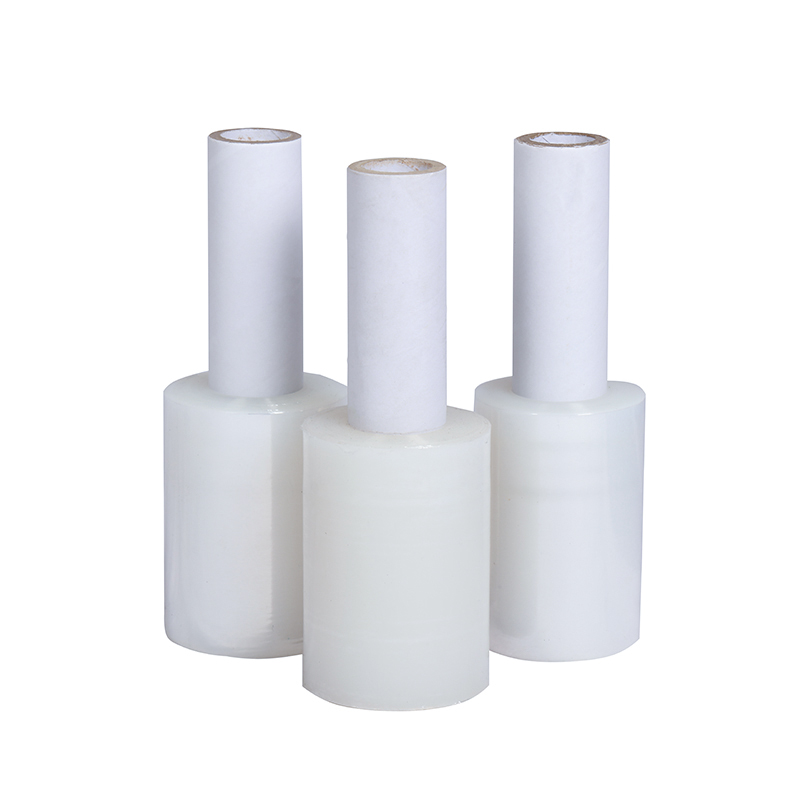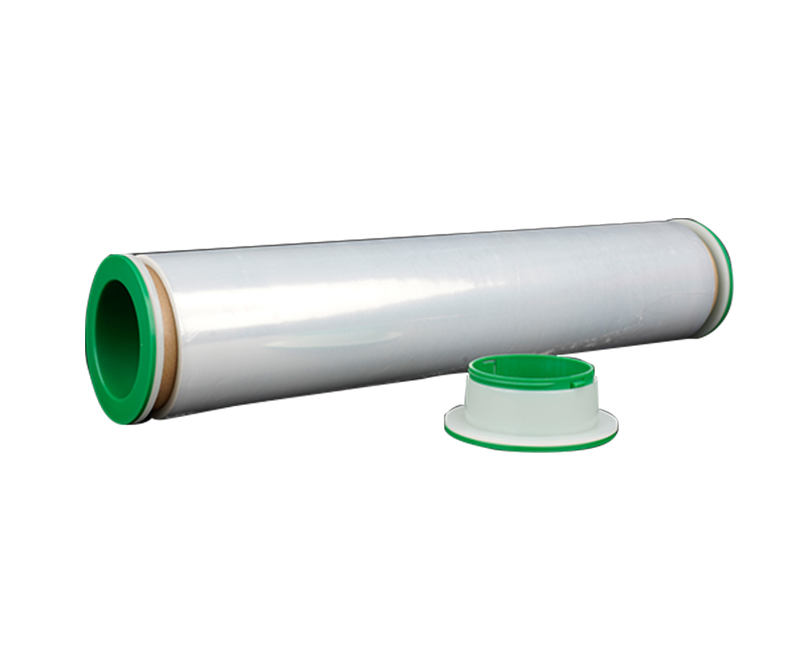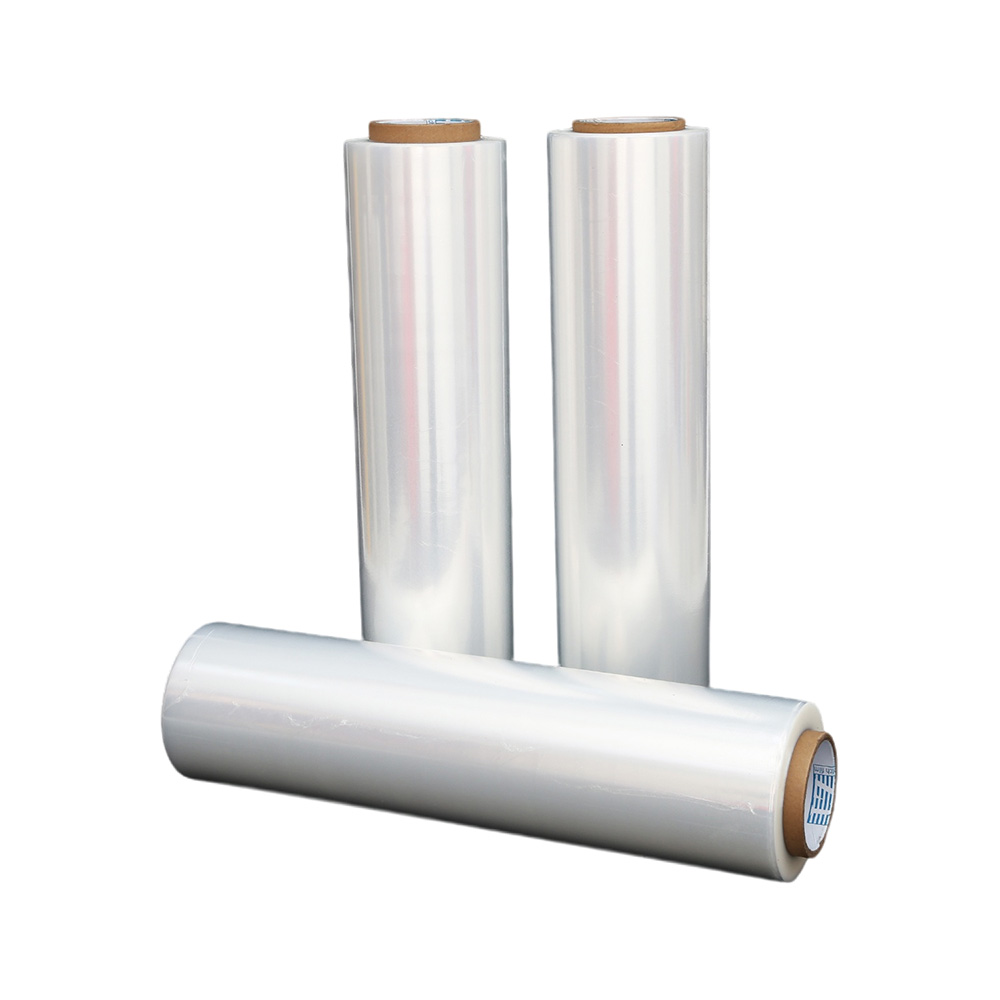Stretch Wrap Thickness: Choose the Right Gauge
Source:Stretch Wrap Thickness: Choose the Right GaugeTime:2025-05-12Visitors:
Did you know that picking the wrong stretch wrap thickness could cost your business up to 30% more in packaging expenses or lead to damaged goods? Stretch wrap, a stretchable plastic film used to secure pallets and products, is a packaging essential. But its thickness—measured in gauge, mils, or microns—plays a critical role in balancing load stability, cost, and sustainability. Whether you’re wrapping lightweight retail boxes or heavy industrial machinery, the right thickness ensures your goods arrive safely without breaking the bank.
This comprehensive guide explores stretch wrap thickness, why it matters, and how to choose the perfect gauge for your needs. From logistics managers to small business owners, you’ll find practical tips, real-world examples, and insights into sustainable options to optimize your packaging process.
What is Stretch Wrap Thickness?

Stretch wrap thickness refers to the depth of the plastic film, typically made from linear low-density polyethylene (LLDPE), used to wrap and secure goods. It’s measured in three common units:
- Gauge: A traditional unit for plastic films, where 1 gauge = 0.254 microns.
- Mils: Thousandths of an inch (1 mil = 25.4 microns).
- Microns: Thousandths of a millimeter (1 micron = 0.001 mm).
For example, an 80-gauge stretch wrap is approximately 20.32 microns or 0.8 mils thick. Thickness determines the film’s strength, puncture resistance, and suitability for different loads.
Conversion Chart
Here’s a quick reference for common stretch wrap thicknesses:
Common Thickness Ranges
Stretch wrap typically ranges from 23 to 150 gauge:
- 23–50 gauge: Pre-stretched or ultra-thin films for lightweight, uniform loads.
- 60–80 gauge: Industry standard for medium-duty applications.
- 100–150 gauge: Heavy-duty films for sharp or heavy loads.
Why Does Stretch Wrap Thickness Matter?
Choosing the right thickness is crucial for three main reasons:
- Load Stability: Thicker films provide stronger containment, preventing loads from shifting or toppling during transit. For example, a 100-gauge film can secure loads up to 3,000 pounds, while a 37-gauge film is suited for loads under 800 pounds .
- Durability: Thicker films resist punctures and tears, essential for sharp-edged items like metal parts. Thinner films may tear under stress, risking product damage.
- Cost Efficiency: Thicker films cost more but may require fewer wraps, while thinner films save upfront but may fail with heavy loads. Balancing thickness with performance optimizes costs.
Thickness also affects environmental impact. Overusing thick films wastes plastic, while under-specifying can lead to rewrapping, increasing material use.
Factors to Consider When Choosing Stretch Wrap Thickness
Selecting the right thickness depends on several factors, each influencing film performance:

Load Weight and Type
- Light Loads (under 800 lbs): Use 37–50 gauge films for uniform items like boxed retail goods. Example: A supermarket bundling water bottles might choose 50-gauge film for cost savings.
- Medium Loads (800–2,400 lbs): Opt for 60–80 gauge films, the industry standard, for mixed pallets or medium-weight items.
- Heavy Loads (2,400–3,000+ lbs): Select 100–120 gauge films for heavy or sharp items like machinery or lumber.
Application Method
- Manual Wrapping: Thinner films (50–80 gauge) or pre-stretched films reduce worker fatigue and are easier to apply by hand.
- Machine Wrapping: Thicker films (60–120 gauge) work well with automated systems, ensuring consistent tension and speed.
Environmental Conditions
- Indoor Storage: Thinner films suffice for controlled environments with minimal exposure to weather.
- Outdoor Storage: Thicker films (80–120 gauge) with UV inhibitors protect against sun, rain, and wind. Example: A construction site storing pipes outdoors might use 100-gauge UV-resistant film.
Special Requirements
- Vented Films: Used for moisture-sensitive goods like produce, requiring specific thicknesses (e.g., 37 gauge) to balance ventilation and strength.
- High-Clarity Needs: Retail applications needing barcode scanning may favor thinner, clearer films (50–60 gauge).
Types of Stretch Wrap and Their Thicknesses
Stretch wrap comes in various types, each with distinct thickness ranges and applications:
Cast Stretch Wrap
- Characteristics: Clear, quiet, and easy to stretch, produced via cast extrusion.
- Thickness: Typically 50–80 gauge (12.7–20.32 microns).
- Applications: Light to medium loads, retail pallets needing barcode visibility. Example: A warehouse wrapping electronics uses 60-gauge cast film for clarity.
Blown Stretch Wrap
- Characteristics: Stronger, hazier, and noisier, made via blown extrusion.
- Thickness: Usually 60–120 gauge (15.24–30.48 microns).
- Applications: Heavy or irregular loads, industrial settings. Example: A manufacturer wrapping metal parts chooses 100-gauge blown film for puncture resistance.
Pre-Stretched Film
- Characteristics: Pre-stretched during manufacturing, thinner and lighter, requiring less force to apply.
- Thickness: Often 30–50 gauge (7.62–12.7 microns).
- Applications: Cost-sensitive operations, lightweight loads. Example: A small business wrapping 50 pallets daily uses 37-gauge pre-stretched film to save 25% on material costs .
Specialty Films
- Heavy-Duty Films: 100–150 gauge for sharp or heavy loads, like construction materials.
- UV-Resistant Films: Thicker gauges (80–120) for outdoor storage.
- Vented Films: Thin (37–47 gauge) for moisture control in agriculture or food industries.
How to Choose the Right Thickness: A Step-by-Step Guide
Follow these steps to select the optimal stretch wrap thickness:
- Assess Load Type and Weight: Determine if your load is light, medium, or heavy, and whether it’s uniform or irregular.
- Choose Application Method: Decide between manual or machine wrapping to match film thickness to equipment capabilities.
- Evaluate Environmental Conditions: Consider indoor vs. outdoor storage and any UV or weather exposure.
- Test Samples: Request samples from suppliers to test film performance with your loads and equipment.
- Consult Experts: Work with packaging professionals to ensure the chosen thickness meets your needs.
Example: A logistics company wrapping mixed pallets (1,500 lbs) for indoor storage might test 80-gauge cast film, finding it balances cost and stability.
Decision Checklist
- Is the load under 800 lbs? Use 37–50 gauge.
- Does the load have sharp edges? Opt for 100+ gauge.
- Is outdoor storage required? Choose UV-resistant, thicker films.
- Are you wrapping manually? Consider pre-stretched or thinner films.
Common Mistakes to Avoid
Choosing the wrong thickness can lead to costly errors. Here are pitfalls to watch out for:
- Using Too Thin a Film: A 37-gauge film on heavy loads may tear, causing product damage. Solution: Match thickness to load weight (e.g., 100 gauge for 2,400+ lbs).
- Over-Specifying Thickness: Using 120-gauge film for light loads wastes money. Solution: Use 50–60 gauge for loads under 1,600 lbs.
- Ignoring Environmental Factors: Clear, thin films degrade outdoors. Solution: Select UV-resistant, thicker films for outdoor use.
- Skipping Testing: Assuming a film will work without testing can lead to failures. Solution: Test samples under real conditions.
Sustainability and Stretch Wrap Thickness
Choosing the right thickness supports eco-friendly packaging:
- Reduced Waste: Thinner films, like 37-gauge pre-stretched film, use 25–50% less plastic, minimizing waste .
- Recyclable Options: Most LLDPE stretch films are recyclable, with programs accepting clean films.
- Biodegradable Films: Emerging options break down naturally, reducing landfill impact.
- Down-Gauging: Advances in multi-layer technology allow thinner films (e.g., 50 gauge) to match the strength of thicker ones, cutting material use.
Example: A warehouse switching to 50-gauge pre-stretched film reduced plastic waste by 20% annually, aligning with sustainability goals.
Advanced Insights: Technology and Automation
Modern stretch wrap technology enhances thickness performance:
- Multi-Layer Films: Combine layers of LLDPE with additives like metallocene for strength, allowing thinner gauges (e.g., 50 gauge) to perform like 80-gauge films.
- Additives: UV inhibitors or anti-static agents improve durability without increasing thickness.
- Automation: Automated wrapping systems optimize tension, enabling thinner films to achieve high load stability. Example: A high-volume warehouse using a stretch wrap machine with 60-gauge film achieves the same containment as manual 80-gauge wrapping.
Future Trends: Smart films with sensors to monitor load integrity and IoT integration for real-time packaging data are emerging, potentially influencing thickness choices.
Conclusion
Stretch wrap thickness is a critical factor in ensuring load stability, durability, and cost efficiency in packaging. From 37-gauge films for light retail loads to 120-gauge films for heavy industrial goods, the right choice depends on load type, application method, and environmental conditions. By avoiding common mistakes and embracing sustainable options like down-gauged or recyclable films, businesses can optimize their packaging process while reducing waste.
For tailored stretch wrap solutions, Dongguan Zhiteng Plastic Product Co., Ltd. offers over 23 years of expertise, producing high-quality films in thicknesses from 0.006 to 0.08 mm (23.6–315 gauge). Their ROHS-compliant, customizable films ensure durability and sustainability for diverse needs. Contact them at zt@dgztpacking.com or +86-13427862379 to find the perfect thickness for your packaging challenges.Recommended Products
Ranked in the same article
- how to use the stretch film technology to r
- How can we get detailed price list?
- Five common quality problems of PE protecti
- Plastic film degradation
- How to guarantee punctual shipment for our
- Gauge to Micron and Millimetre Conversion G
- What is the difference between stretch film
- Testing the permeability of stretch film
- Stretch film temperature requirements
- Electrical wire film VS electrostatic film
- Why insufficient transparency of stretch w
Latest news articles
- What is the Difference Between Magic Tape a
- The 133rd Spring Canton Fair
- The Ultimate Guide to Choosing the Right Ma
- Factors affecting viscosity of PE stretch f
- The significance of using PE electric wire
- How to check the quality of PE stretch film
- Stretch Film Wrap: Unraveling Its Benefits
- Bundling Stretch Film: Optimize Your Packag
- How can PE stretch film be cut better?
- What Properties Ensure Effective Cold Chain
- Advantages of white engineering film



